An inductor is an electric coil that utilizes the flow of current to produce a magnetic field. The inductor opposes any changes in the current, which makes it useful for storing energy and filtering out unwanted signals. When used in an alternating current (AC) circuit, the inductor can smooth out voltage fluctuations. Read on to learn more about how inductors work and what they’re used for.
What Is an Inductor?
It acts like a coil of wire and can be used to regulate the flow of electric current in circuits. An inductor’s ability to store energy makes it useful for many different applications, such as filtering out high frequencies from low frequencies or providing additional power to an electronic system. In certain types of circuits, they are essential components that enable the functioning of other components. Without them, the circuit wouldn’t work properly.
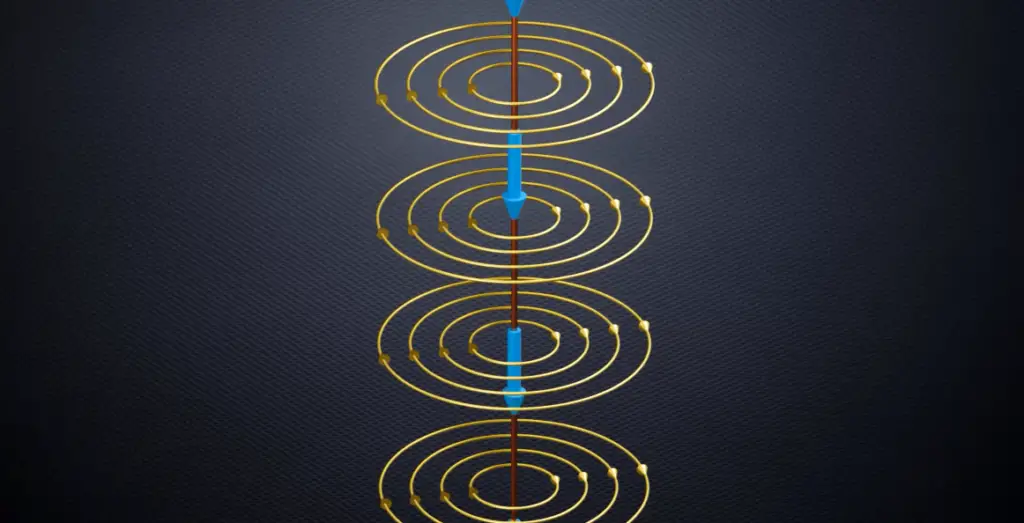
Inductors come in two basic forms: air-core and ferrite core. Air-core inductors consist of coiled copper wire but have no core material; their only purpose is to provide resistance to the current. Ferrite core inductors, on the other hand, are made of a magnetic material surrounding their coiled wire. This material helps to increase the inductor’s ability to store energy. [1]
What Is An Inductor Used For?
Inductors are commonly used to filter noise out of electronic circuits, act as oscillators and transformers in power supplies, create time delays in signal paths, and pass signals within particular frequency ranges (known as bandpass filtering). Inductors can also be used to control electromagnetic radiation levels in electronic devices such as mobile phones.
Additionally, inductors can be used to regulate the flow of alternating current (AC) and direct current (DC) in circuits. Inductors store energy in a magnetic field and release it when the circuit’s polarity or voltage changes. This makes them useful for controlling reactive loads that require an immediate response to changes in power or voltage. They are also commonly used as chokes to limit the current flowing through a circuit by blocking higher-frequency AC signals.
How Does An Inductor Work?
An inductor works by storing energy in a magnetic field created by the flow of electric current. When the current is stopped, either intentionally or due to an external force, the stored magnetic field collapses and releases its energy back into the circuit. This induced voltage can then be used for many different applications.
Inductors are widely used in electrical circuits because they provide a very effective means of controlling voltage and current levels over time. When connected in parallel with a capacitor or resistor, an inductor can help reduce noise and ripple effects from power supplies, prevent oscillation due to resonance, and even increase efficiency in AC-to-DC power conversion systems. Inductors also prove useful for protecting sensitive electronic components from damage caused by sudden spikes in voltage or current.
In addition, inductors can also be used to filter certain frequencies from a signal by creating an impedance mismatch between them and the source of the frequency. When this happens, higher frequencies are filtered out while lower ones pass through unaffected. This is especially useful for audio applications where unwanted noise can be eliminated with proper use of inductors.
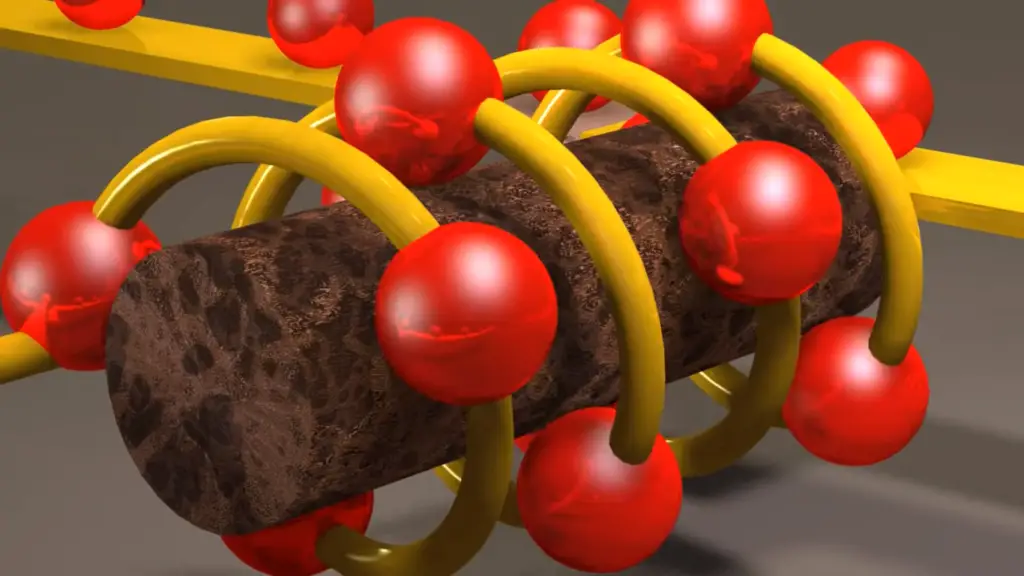
Inductors are essential components in many electronic circuits, and their versatility has made them one of the most important parts of modern electronics designs. By understanding how they work and how they can be applied to various systems, engineers are able to create efficient and reliable products that utilize their powerful properties. [2]
What Happens When You Disconnect the Inductor?
When the inductor is disconnected from a circuit, the energy stored in its magnetic field is released back into the circuit. This sudden burst of energy can damage other components and create high-voltage spikes that could lead to electric shock or other hazards. To prevent this, it’s important to discharge the inductor before disconnecting it by shorting out two of its terminals with an insulated wire. This will allow the energy to be safely discharged without damaging the surrounding components. Once it has been safely discharged, you can then disconnect the inductor from your circuit without any issue.
As always, safety should be your number one priority when dealing with any electrical device – even something as seemingly innocuous as an inductor!
How Are Inductors Attached To Circuit Boards?
Inductors are attached to circuit boards via through-hole or surface-mount technology. Through-hole inductors require components such as pins and washers to be inserted into pre-drilled holes on the board, then soldered in place. This method is more secure than surface mounting but can make it difficult to replace the component if needed.
Surface mount inductors attach directly to the circuit board using solder paste applied by a stencil. They are much easier to replace than through-hole components, but without the mechanical stability provided by pins and washers they can easily become dislodged due to mechanical shock or vibration.
It is important for designers of electronic circuits that use inductors to select a component of appropriate size and power rating for the task. It is also important to make sure that the inductor is securely attached to the board, since a loose connection can cause damage to the circuit and other components connected to it.

In What Applications Are Inductors Used?
Inductors are commonly used in electronics applications, such as filtering of radio frequency signals and in power conversion. Inductors store energy from current passing through them and can be used to reduce the flow of direct current (DC) and allow alternating currents (AC) to pass through. This makes inductors useful for controlling the flow of electrical current in a variety of applications, including:
- Power Supplies: In power supplies, inductors are often paired with capacitors to prevent DC voltage drops across components as they switch on and off. The inductor helps keep the correct amount of power flowing while the capacitor steps up or reduces it as needed.
- Motors & Generators: Inductors are often used in motors and generators to create a magnetic field. This helps regulate the speed of the motor as well as its efficiency.
- Audio Equipment: Inductors are often used in audio equipment, such as amplifiers, because they can reduce noise without distorting sound signals.
- Telecommunications: Inductors are incorporated into many telecommunications systems because they help increase signal strength and reduce interference from outside sources.
Inductors play a vital role in almost all modern electronics devices due to their ability to control current flow and store energy. As technology advances, inductors will continue to be an integral part of many applications. [4]
Types Of Inductors
Inductors are available in a variety of shapes, sizes and materials. Common types include air core inductors, ferrite core inductors, powdered iron core inductors and toroidal inductors. Generally speaking, all these types work the same way: they create an electromagnetic field around a wire coil when subjected to an alternating current (AC) or direct current (DC).
Air Core Inductors are made from a simple coil of wire with no core material inside. They can be manufactured with different shapes and sizes of wire coils depending on the properties desired for the particular application. Air core inductors have low resistance and produce minimal losses due to their lack of magnetic material; however, they also produce very limited amounts of induction.
Ferrite Core Inductors are composed of a coil of wire wrapped around a ferrite core. The ferrite material increases the inductance value and makes them more efficient in suppressing noise, so they are commonly used in power supplies, signal filters and oscillators.
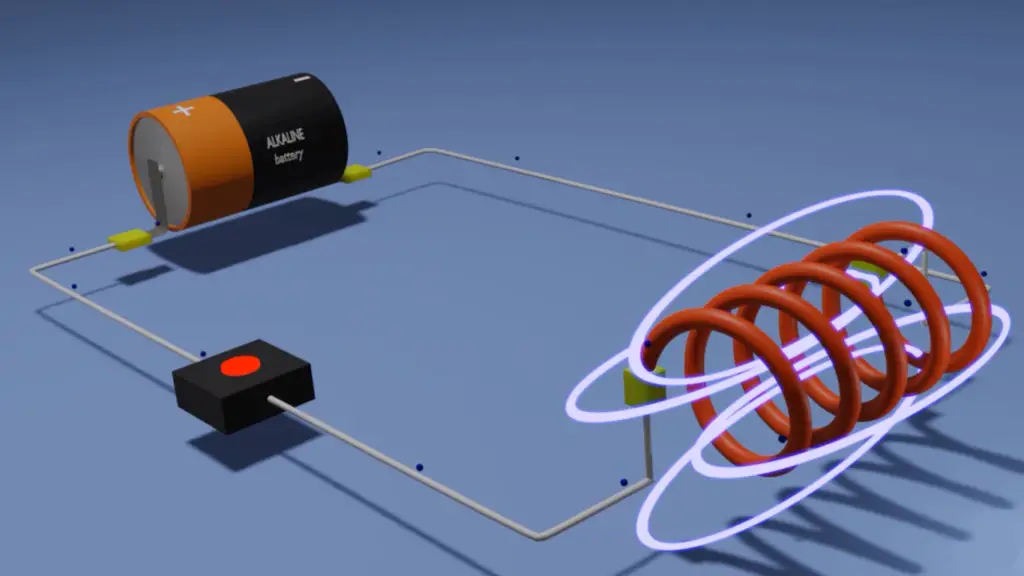
Powdered Iron Core Inductors are made from a powdered iron core material inside a closed-loop coil of wire. This type of inductor has high inductive properties and is often used for RF applications such as amplifiers or filters.
Toroidal Inductors use a toroidal (doughnut-shaped) core with a single winding of wire around it. These types of inductors have low stray magnetic fields and are used in a variety of applications such as high-frequency transformers and RF filters.
The characteristics of the inductor depend on the core material, winding geometry and number of windings. Different types offer unique benefits that can be leveraged for specific applications.
Capacitor vs Inductor
The fundamental differences between an inductor and a capacitor lie in their design, construction and functionality. An inductor consists of a coil of wire wound around a core material such as ferrite. When current passes through the inductor, it creates a magnetic field that induces a voltage across the component. This is called self-induction or mutual induction and can be used to create AC signals from DC sources.
A capacitor also stores energy but it does so by storing electrical charge on two metal plates which are separated by an insulator. Capacitors can store energy in the form of electric fields, when connected to an external source like a battery or power supply, allowing them to hold a steady voltage for long periods of time. The capacitance of a capacitor is determined by the size and type of its plates as well as the material used for insulation.
Both inductors and capacitors are key components in power supply design, allowing electricity to be stored and regulated effectively. [5]
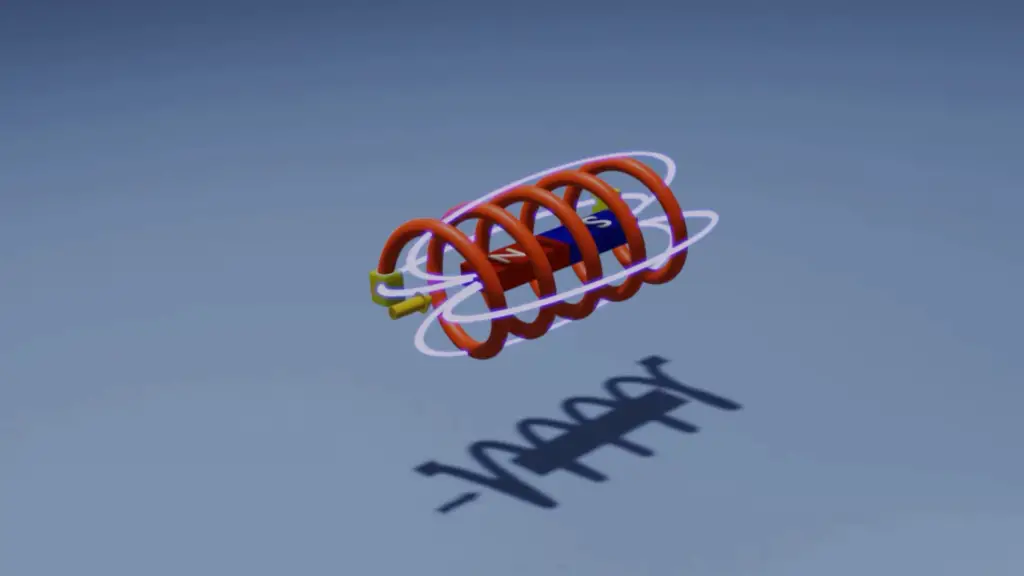
FAQ
What are inductors used for?
Inductors are used to store energy in an electromagnetic field. They are also used as filters, chokes, and transformers in circuits. Inductors can be used to limit the current flowing through a circuit or to provide impedance matching between two parts of a circuit. For example, they can be used in power supply designs to reduce ripple voltage and noise levels. In radio frequency circuits, inductors can be used as resonant components in various filter networks. Finally, they can be utilized as tuning elements in oscillator circuits.
How does an inductor work?
An inductor is composed of one or more coils of insulated wire wrapped around a core material such as iron or ferrite. When there is a current passing through the inductor, the wire coils create a magnetic field. This magnetic field then induces an opposing current in the coil which works to oppose the change in current flow. This phenomenon is known as inductance, and it is what gives inductors their ability to store energy in the form of a magnetic field.
What are some common applications for inductors?
Inductors are commonly used in power supplies, radio frequency filters, oscillators, and signal processing circuits. They can also be used to reduce audio noise levels and provide impedance matching between two parts of a circuit. In addition, they are often found in motor control systems as choke coils or line reactors to limit voltage spikes caused by switching transistors or other components on and off. Finally, inductors can also be used in antenna circuits to tune the antenna for a specific frequency.
What type of core material is used in an inductor?
The most common core materials used in inductors are ferrite and iron powder cores.
In addition, there are some applications where air cores may be used instead of either ferrite or iron powder cores. Air core inductors have the advantage of lower costs and higher efficiencies, but they have less saturation levels and require more winding space than ferrite or iron powder cores.
What is the difference between an inductor and a transformer?
The main difference between an inductor and a transformer is that a transformer has two windings while an inductor only has one. Transformers are used to convert alternating current (AC) voltage levels, while inductors are primarily used for energy storage in circuits. In addition, a transformer will typically have more turns of wire on its primary winding compared to its secondary winding whereas an inductor will usually have the same number of turns on both windings. Finally, transformers are usually much larger than any given inductor because they need multiple coils in order to work properly.
How does an inductor affect a circuit?
An inductor affects a circuit by storing energy in the form of magnetism. When current flows through an inductor, it creates an electromagnetic field around it that stores the energy. This stored energy can then be used to provide electrical resistance and reactance, creating impedance in the circuit. This impedance limits the flow of current through the circuit and acts as a filter. It also helps to reduce unwanted signals, such as noise and interference. Inductors are often combined with capacitors to create a low pass filter or high pass filter, which allows certain frequencies to pass while blocking others. Inductors can also be used in circuits to induce electric power from magnetic fields, such as transformers and generators. In addition, they can increase voltage gain and create time delays in the circuit. Inductors are used in many electronic devices, including TVs, computers, cars, cell phones and other electronics. They help to regulate current flow, filter out unwanted signals, increase voltage gain and reduce noise and interference. Inductors come in a variety of sizes and shapes to suit different needs and applications.
What is the difference between inductor and coil?
An inductor and a coil are sometimes used interchangeably, but there is a key difference between them. An inductor is an electrical component consisting of two or more coils of wire that creates a magnetic field when electricity is passed through it. This magnetic field can then store energy in an electromagnetic field. A coil, on the other hand, is simply a single loop of wire wound around some type of core material like iron or ferrite. The purpose of winding this wire is to create an electromotive force (EMF). In contrast to an inductor, the primary purpose of a coil is not to store energy but rather to transmit electrical power from one point to another. Thus, while both components involve the use of electricity they are designed to serve different purposes.
Does an inductor increase current?
Yes, an inductor can increase the current in a circuit. When electricity is passed through an inductor, it induces a magnetic field that opposes the applied current. As a result, the resistance to current flow through the coil increases and causes more energy to be stored in the electromagnetic field of the coil. This increased stored energy then causes a larger current flow than would otherwise be available if no inductor was present in the circuit. Therefore, by increasing its resistance to current flow and storing more energy in its electromagnetic field, an inductor can effectively act as a voltage booster or amplifier for certain types of circuits.
Useful Video: How Inductors Work
Conclusion
In conclusion, an inductor is a passive electrical component that stores energy in the form of a magnetic field when connected to an alternating current source. It creates a resistance to changes in current, thereby limiting the rate of change and allowing for higher frequencies without sparking or arching. In addition, inductors can be used as part of filters or oscillators in order to shape signals or create new frequencies. Inductors are essential components in many electronic devices and circuitry, providing critical functions such as filtering and signal conditioning. By understanding the properties and behavior of inductors, engineers can make informed decisions about their application in any given circuit design.
References
- https://product.tdk.com/en/contact/faq/inductors-0002.html
- https://www.coilcraft.com/en-us/edu/series/what-is-an-inductor/
- https://www.gowanda.com/application-notes/custom-inductors/surface-mount-inductors/surface-mount-inductor-theory/
- https://www.vedantu.com/physics/uses-of-inductor
- https://byjus.com/physics/difference-between-capacitor-and-inductor/





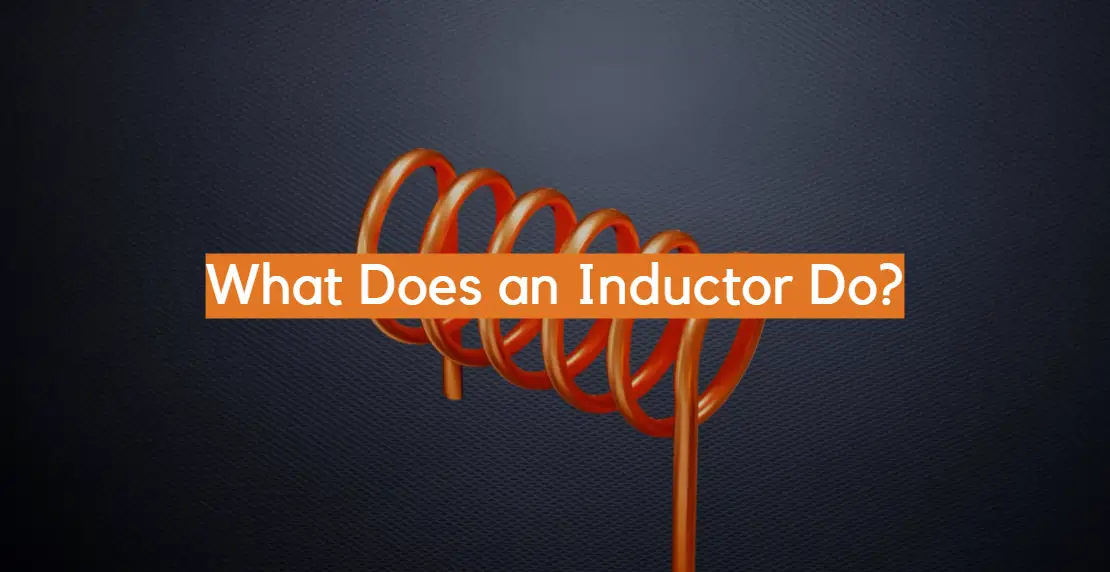




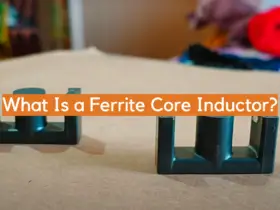

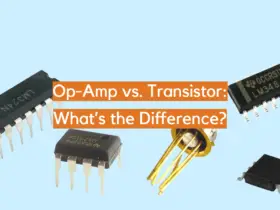
Leave a Reply